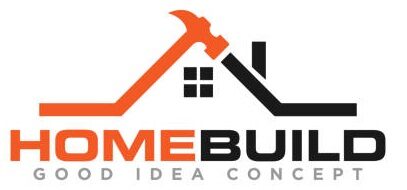Assessment of structural safety and risks plays a significant role in providing safety on built structures and the infrastructure. These processes include evaluating facilities to determine risks and put measures in place to prevent failures that would cause extensive de-valuations or even loss of lives. It is crucial in this regard to emphasize the function of a structural engineer who uses their knowledge to analyze and solve problems concerning the structure’s stability.
Here, we focus on the main aspects of structural safety and risk evaluation and note that these issues are essential to ensuring the proper safety of structures.
Critical aspects of structural safety
Structural safety guarantees that a structure can resist all the loads that are likely to come across it from when it is constructed up to when it is demolished. This involves considering factors such as the material characteristics, the loads that the structure is subjected to and the external forces that the structure comes across. A structural engineer banbury, makes these judgments to construct structures that will meet the requirements of safety and economy. It embraces state-of-the-art software and engineering sciences to predict structural responses to various loads. Structural safety also involves the frequency of inspection and repairs to check for signs of dilation that might further menace structures’ safety.
Assessment of risks in structural engineering
Risk evaluation is the process of assessing risks to identify, analyze and evaluate prospective hazards that might affect structures. This process includes determining the possibility and consequences of various risks for the structure: natural calamities, material deterioration, or mistakes in design. A structural engineer leamington spa has critical involvement here by running comprehensive assessments and projections to envision how a structure may behave toward several threats. They also establish measures for handling the associated risks, which may include reinforcement, redesign or alterations in maintenance.
The Relevance of Regular Inspections and Maintenance
These structural safety parameters have to be checked and cleansed at regular times to last throughout the time of their use. By its very nature, construction is exposed to various conditions that cause deterioration and degradation of the construction structures. Structural engineers perform regular inspections to determine conditions that potentially threaten a structure’s integrity. They also prepare maintenance strategies to ensure these issues are resolved as soon as possible. A good maintenance plan can assist in increasing the durability of the structure and ensure avertages of repair and large collapses.
Role of technology in structural safety
In general, there has been tremendous improvement in the use of structural engineering to evaluate and control the risks of structures. Science progresses with the availability of new tools, such as BIM or building information modeling, superior material-testing structures, and automatic inspection systems, which provide valuable information about the structure’s uptake. These technologies help engineers enhance their abilities to do assessments, identify problems and their possible impacts, and apply solutions with improved accuracy. In serving the intended purpose successfully, these tools will enable structural engineers to enhance structural reliability and safety.
Final Thoughts
Structural safety and risk assessment are essential for safeguarding structures and infrastructures in their entire lifecycle. Today, structural engineers are experts in determining and controlling the risks inherent in their speciality, namely structural safety. This is because structural engineers can inspect, maintain and apply technologies to avoid any failures through their provisions of regular programs. With our structures being, in one way or another, getting older and more complex, it becomes imperative to uphold high safety measures and analyses for structures and risks that may threaten people’s lives and the stability of the built environment.





